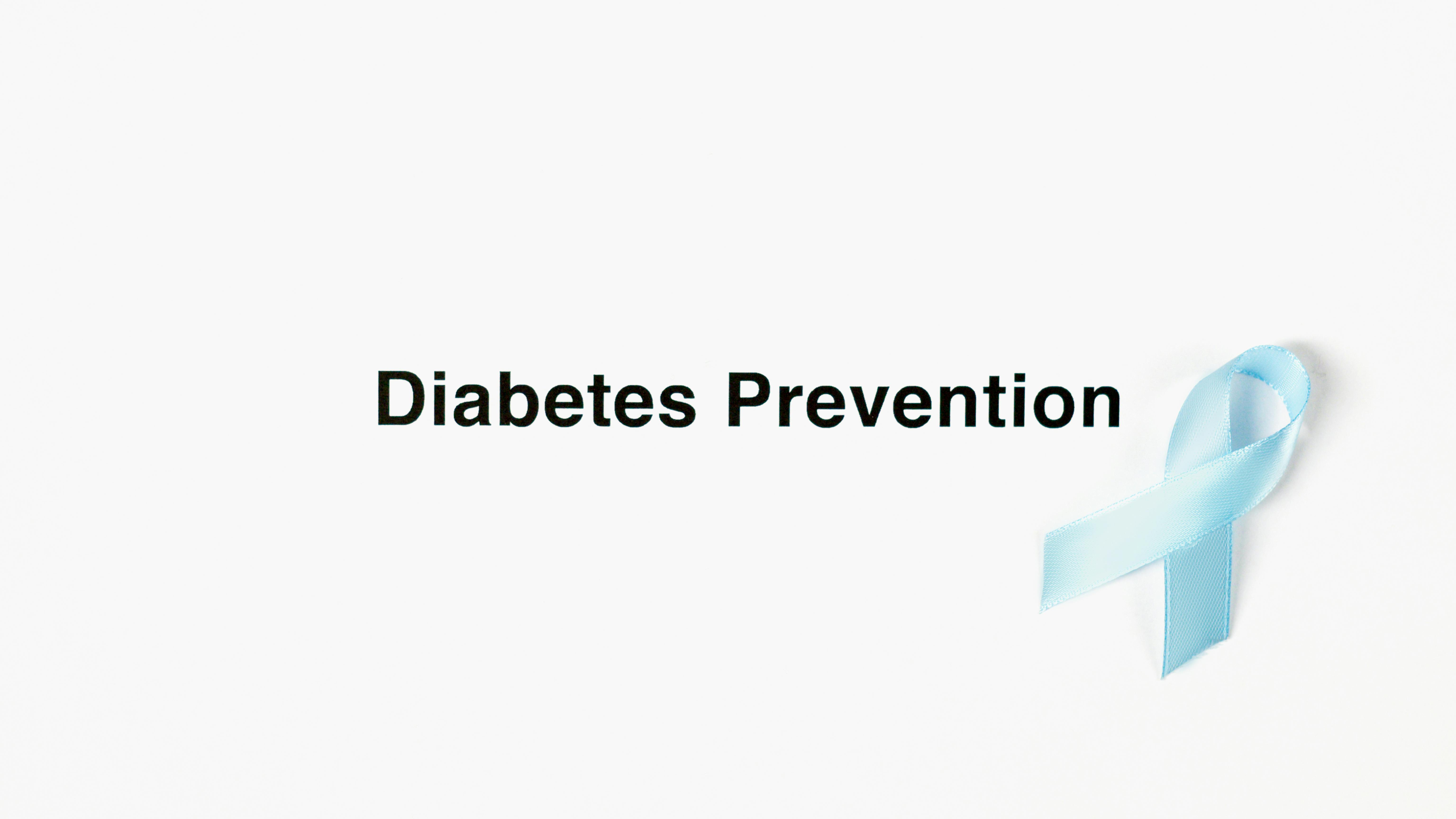Voiceover is a business that can be very hostile to the faint of heart. If you can’t take constructive criticism, if you’re impatient, if you hate losing, if you can’t handle rejection, then these traits won’t work in your favor when you seriously consider becoming a broadcaster. For starters, the competition is proud. At the top of the food chain are union voice actors, then professional freelance auto-contractors, and finally all the hobbyists or “wannabes” looking to make a quick buck. The internet is saturated with the latter, which is unfortunate. Particularly for seasoned talent striving to maintain a standard. Most of the professionals have their own websites to promote themselves online. There are also numerous talent pools, many of which charge for membership on their sites. Inclusion in the most recognized “voice banks” is like trying to join an exclusive golf club. Very few are selected for admission. The same goes for the major talent agencies. Unless you can fill a specific “hole” they may have, they’ll pass you by in a jiffy. Not to mention that your first obligation is to attend to those who are already represented. As daunting as it may seem, seeking representation can lead to many dead ends. Even if you are unique enough to be accepted by an agency, they will only do so much for you in terms of auditions and getting you a job.
Therefore, the path to any success in the voiceover industry involves a lot of self-promotion. First of all, you must have your own website, where potential customers can hear your voice in demos. This also shows that you are legit and genuine. Anyone can create a voiceover page on social media or post a video portraying themselves as a voiceover artist, both of which are paths of least resistance in terms of cost. Paying for a membership with a well-known voice-over website might be an additional option. In these cases, one would have to audition for voice-over jobs posted by voice search engines, some of which may not be trustworthy. There is a degree of risk involved as there are no guarantees to insure the work. Membership levels can also pose a problem when it comes to receiving leads of the same quality as the highest level. Signing up for a profile is free on many voice-over sites, but a fee is ultimately required to audition through them. Self-promotion also involves contacting production companies that have used freelance voice-over artists on their projects. Blogging is another option. Sending emails advertising your services to companies that advertise is another option. Networking through social media as well. Investing in AdWords could be another way to go, and many are already taking that path. In any case, getting your name out there should be your main goal.
Be prepared for the competition once you have established a degree of online presence. You’ll be up against many of the bigwigs that the same customers repeatedly search for. However, fortune can play in your favor and you will get a paid gig within a few days, or a few hours after your site is visited and your demos found and listened to, or it can take much longer depending on demand and what you want. that he brings to the table in terms of talent. Finding new sources of voiceover work is difficult, but not impossible thanks to the Internet that reaches the whole world. Abroad can be a great source for voiceover projects, but be prepared for potential communication gaps unless you speak a dozen languages. However, American voice actors are highly sought after across the pond, so this could be a direction to go. The United Kingdom, India, China, the Netherlands, and Japan have all used American English-speaking voices. Chances are, if you have a decent search engine ranking for some of the important voiceover search terms, you will be contacted by overseas voice searchers. Potential projects include independent films, large and small events, wedding videos, animation, radio footage, documentaries, and corporate websites, among others. The question now is, how does it compare to the competition? Do you sound credible? You can’t sound like you’re reading. Sounding like an announcer, unless specifically requested, can also be your downfall. Having a deep voice isn’t always an advantage either. There seems to be a trend these days to lean towards college-age vocals, but conversational, natural sounding wins out steadily. The narrator, “boy next door” approach is undoubtedly the most in demand today. It’s not as easy as it sounds, and it involves the ability to act or “pretend” to sound genuine, sincere, and down-to-earth.
We’ve come a long way in this discussion, but we still have to talk about the end of the actual recording. You can’t rely solely on recording opportunities at a multi-million dollar professional studio where talent agencies send talent to audition, even when you’re represented. You have to have your own studio at home, or anywhere you can afford to set up and have space for one, no matter what and where the origin of the business situation is. You have to have a microphone, preferably a condenser microphone, an amplifier, a compressor, and an interface to get started. Then you’ll need editing software installed on your computer, ideally a PC with lots of RAM. You’ll need a method to deliver your finished audio files, and of course, a way to accept payment. Practicing reading while recording yourself and then listening to factual critiques is an ongoing process, even for professionals, and someone other than your mother should provide feedback on your readings. This is where a vocal instructor could come into play. Microphone technique is an art in itself and must be incorporated correctly while recording. It should become second nature so it doesn’t distract from the interpretation of the script. The main focus should be on what is being said, keeping in mind who it is being said to and how to say it convincingly. One to One is a term often used in the industry. In other words, sound NATURAL, while avoiding clicks and clicks when speaking. Staying hydrated and maintaining control of your breath are integral to the entire process of recording in front of a microphone.
What about the voiceover categories? Should you focus on just one genre? The variety of voice-over projects is limitless, but they all invariably fall into specific categories or “genres.” They are, in a nutshell, commercials, promos, narrative, radio footage, movie trailers, and animation. Almost any voiceover application will involve one of these concepts. The goal of the voiceover artist is to assess and decide in which category one’s strengths primarily lie, which one’s talents are best suited for maximum impact. In other words, find your “niche”. Trying to cover them all could lead to an exercise in futility, so honing your skills to excel in one area might be the best approach to take. This only comes with practice, and more practice, and getting criticized by an objective match. It takes time and patience to finally succeed, and most success stories don’t happen overnight. Rejection is a big part of business, so be prepared for it. It’s all mostly a matter of opinion anyway, so what sounds inappropriate to some may sound like the best thing since sliced bread to others. You can’t take any of that personally. You need to stick to your guns and believe in yourself. Believe that you have what it takes, and you can achieve whatever you set your mind to. If it’s a professional voiceover, it goes without saying that it takes a lot of commitment and drive. If you stay there long enough to build a respectable clientele through your activities, gaining invaluable experience along the way, then realizing that it has all been worth the time invested will later become your main motivation to be the best at it. what it does. do. Again, there are no guarantees of success, but unless you get in the mix, there’s no way to know for sure.



